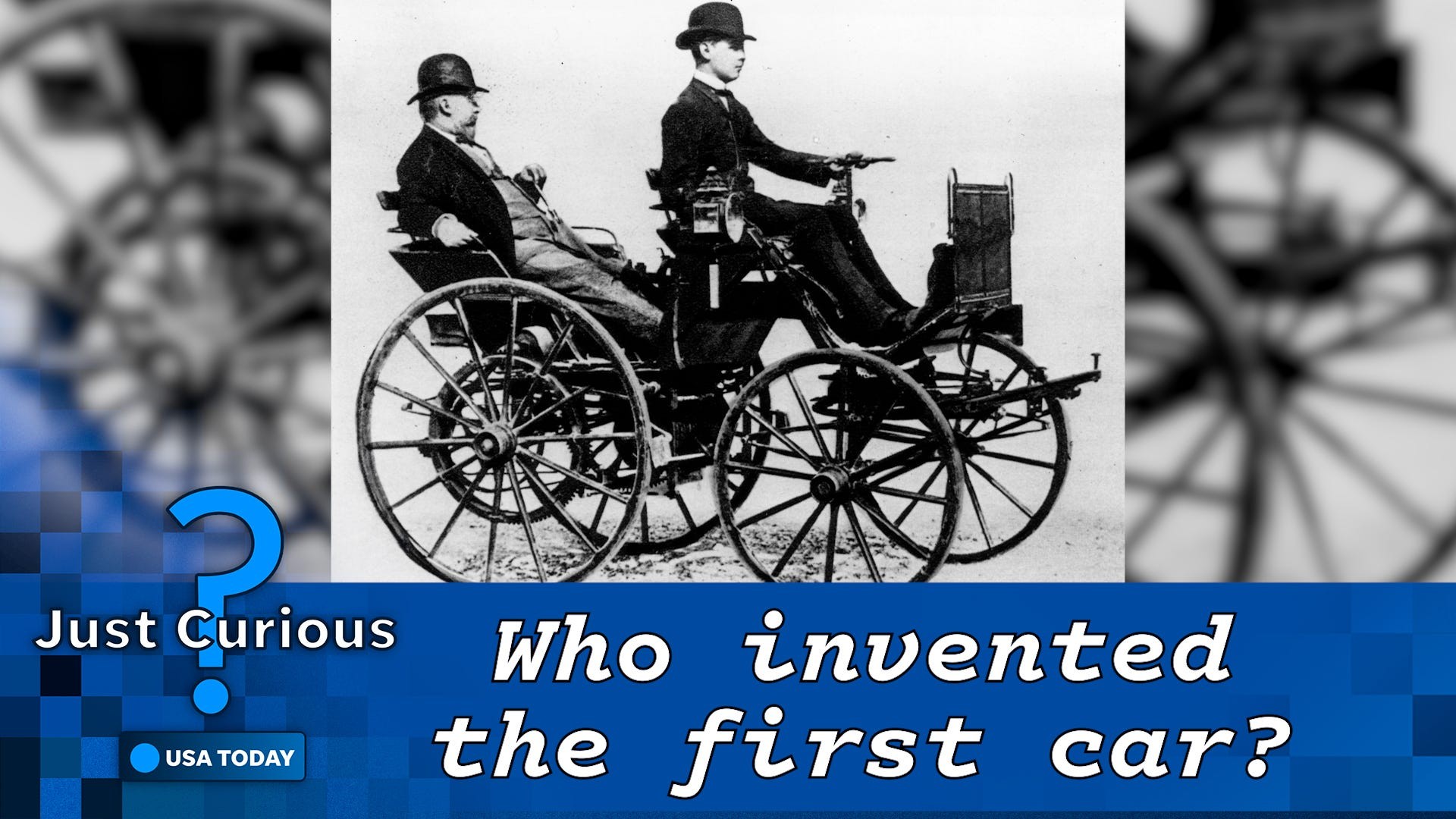Cars have become indispensable to modern life, with hundreds of millions on roads worldwide. From electric vehicles to powerful trucks, the variety is astounding. But where did it all begin? When was the car invented, and who were the pioneers behind this groundbreaking invention? Let’s delve into the fascinating history of the automobile and explore the answer to the question: what year was the car invented?
The Dawn of the Automobile: 1886 and the Benz Patent Motorwagen
While the concept of a self-propelled vehicle had been brewing for centuries, the year 1886 is widely recognized as a pivotal moment in automotive history. This is the year Karl Benz unveiled his Benz Patent Motorwagen, a three-wheeled marvel powered by a gasoline engine. Often hailed as the first modern automobile, the Motorwagen wasn’t just a modified carriage; it was designed from the ground up as a self-propelled vehicle.
On January 29, 1886, Benz solidified his place in history by applying for a patent for his “vehicle powered by a gas engine.” This patent is often referred to as “the birth certificate of the automobile,” marking a definitive starting point for the age of cars. Later in 1886, the Benz Patent Motor Car, model No. 1, made its debut to the public, showcasing its innovative internal combustion engine. As the Library of Congress notes, this vehicle was revolutionary because its “three-wheeled, four-cycle, engine and chassis form a single unit.”
 Carl Benz Patent Motorwagen, widely recognized as the first modern automobile, showcasing its three-wheeled design and pioneering gasoline engine.
Carl Benz Patent Motorwagen, widely recognized as the first modern automobile, showcasing its three-wheeled design and pioneering gasoline engine.
A Collective Effort: More Than Just One Inventor
While Carl Benz is rightfully celebrated as a key figure, attributing the invention of the car to a single person and year oversimplifies a complex history. The automobile’s development was a gradual process, involving numerous inventors and innovations across different eras and countries.
Long before Benz, ideas for self-propelled vehicles were taking shape. Remarkably, sketches and models from the 15th century by Leonardo da Vinci illustrate early concepts for transport vehicles, demonstrating a centuries-old fascination with automated mobility.
In 1769, Nicolas-Joseph Cugnot made a significant stride by inventing the first self-propelled road vehicle powered by steam. Cugnot’s fardier à vapeur, designed for the French military, was a bulky and somewhat impractical machine, but it proved the viability of steam power for road transport.
The exploration of alternative power sources continued, and Robert Anderson pioneered the first electric carriage in the 1830s. Electric vehicles predate gasoline cars, and Anderson’s invention highlights the early interest in electric mobility.
In 1886, the same year as Benz’s Motorwagen, Gottlieb Daimler and Wilhelm Maybach made their own groundbreaking contribution. They invented the Cannstatt-Daimler, the first four-wheel automobile powered by a four-stroke gasoline engine. This vehicle, with its four-wheel design and refined engine, was another leap forward. Further refining the design, Maybach later designed the 1901 Mercedes, which is considered by many to be the “first modern motorcar in all essentials” due to its advanced features and design principles that influenced car manufacturing for decades to come.
Across the Atlantic, American inventors also played a crucial role. In 1893, J. Frank and Charles Duryea built the first successful American gasoline automobile. Their Duryea Motor Wagon not only marked a milestone in American automotive history but also demonstrated its capabilities by winning the first American car race in 1895.
Conclusion: An Ongoing Evolution
So, what year was the car invented? While 1886, the year of Benz’s Motorwagen, stands out as a landmark, the history of the car is not a story of a single invention in a single year. It’s a rich tapestry woven from the contributions of numerous inventors, engineers, and innovators over centuries. From da Vinci’s early concepts to steam and electric pioneers, and finally to the gasoline-powered vehicles of Benz, Daimler, and Duryea, the modern car is the result of continuous evolution and refinement. And even today, innovation in the automotive industry continues at a rapid pace, shaping the future of transportation.

